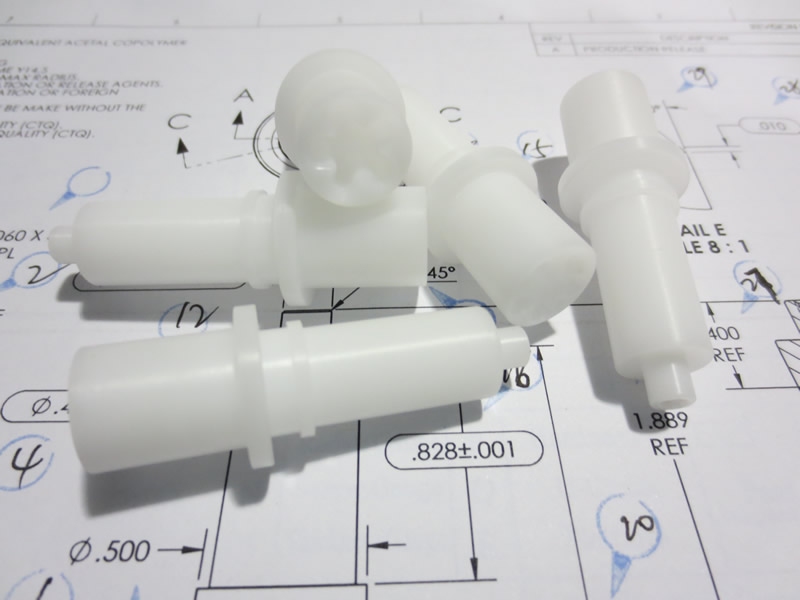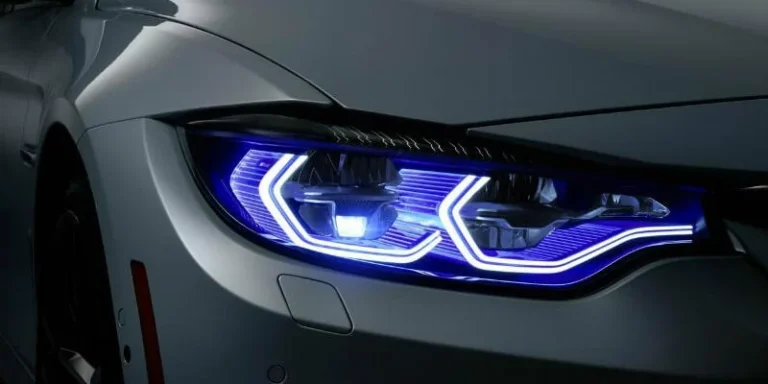Polyoxymethylene (POM), also referred to as acetal, polyformaldehyde, and polyacetal, stands out as a versatile plastic material renowned for its myriad advantages in CNC machining applications. This material has garnered widespread acclaim across diverse industries owing to its exceptional properties, versatility, and extensive utility. Renowned for its chemical resistance, dimensional stability, robust mechanical strength, and low friction characteristics, POM emerges as a reliable choice for engineering applications.
Curious about POM and its suitability for CNC machining in part production? Stay tuned as we delve deeper into the world of machining POM to unveil its intricacies and benefits.
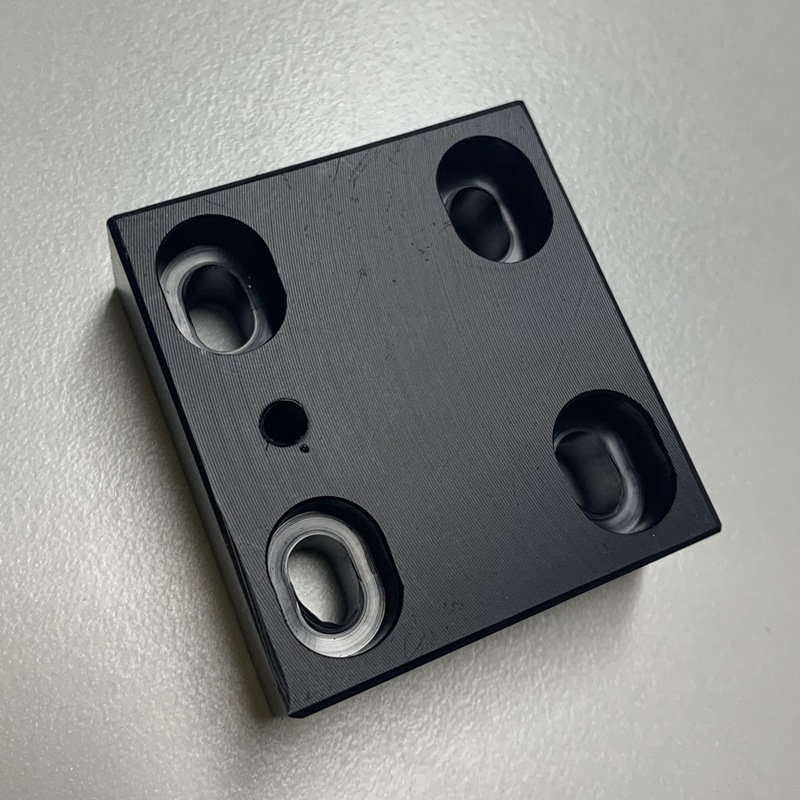
What Is POM Material?
olyoxymethylene (POM), commonly known as acetal, is an engineering thermoplastic renowned for its array of advantageous properties. Among its notable characteristics are exceptional hardness, strength, and rigidity. While POM can be manufactured in various colors, its high crystalline content imparts a naturally opaque white appearance. With a density ranging between 1.410 and 1.420 g/cm³, POM stands out for its robust physical attributes.
Widely utilized in the creation of precise components necessitating dimensional stability, high rigidity, and low friction, POM plastic is favored for applications involving rotating or sliding elements like bushings, bearings, and gears. Its low friction coefficient enhances its suitability for such mechanical components.
Like numerous synthetic POM polymers, this material is synthesized by several chemical companies employing slightly differing formulations and marketed under various brand names such as Celcon, Tenac, Duracon, among others.
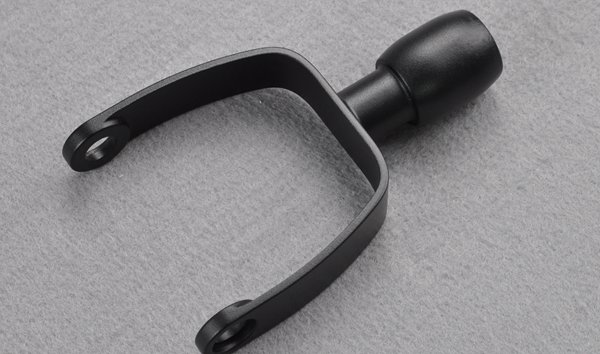
Properties Of POM Plastic
The versatile high-performance engineering plastic, Polyoxymethylene (POM), finds extensive use across multiple sectors, thanks to its diverse and distinctive properties.
Low Friction and Wear Resistance
The exceptional self-lubricating properties of POM plastic can be attributed to its low coefficient of friction. This characteristic enables reduced wear and enhanced overall efficiency, facilitating smooth fluid sliding or rotational movements by minimizing frictional resistance.
Chemical Resistance
POM is well-suited for manufacturing products that are continuously exposed to chemical solvents, including pump parts, seals, and components in fuel systems. This suitability stems from POM plastic’s exceptional resistance to a wide range of chemicals, solvents, and fuels. It can withstand contact with various organic chemicals, alcohols, oils, and greases without significant degradation.
Low Water Absorption and Dimensional Stability
POM plastic exhibits remarkable dimensional stability, maintaining its size and shape even in fluctuating humidity and temperature conditions. Its low water absorption makes it resistant to moisture-related issues such as swelling, warping, and dimensional changes. This characteristic is particularly valuable in applications that require precise tolerances and consistent performance, as POM’s dimensional stability ensures reliable and accurate results.
Easy Machinability
The ease of machining POM plastic enables precise and efficient manufacturing processes. Its malleability allows for straightforward molding, machining, turning, and drilling, facilitating the creation of intricate components and complex designs. This characteristic makes POM resin a popular choice for applications demanding intricate geometries and high precision.
Excellent Creep / Impact Resistance
POM plastic demonstrates outstanding creep resistance, enabling it to endure prolonged mechanical stress without deformation. This unique property ensures that POM components can maintain their functionality even when consistently exposed to loads or strains.
How To CNC Machine POM Plastic?
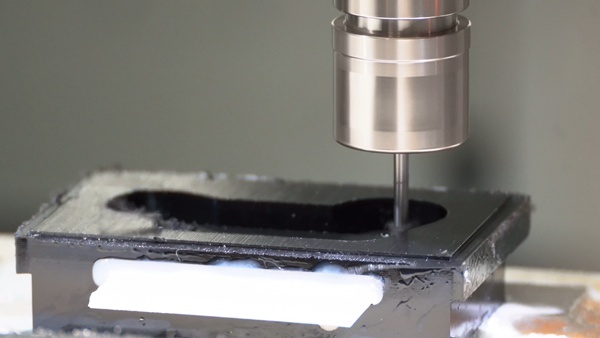
When machining POM, there are generally two methods that can be employed. The first method involves using standard machining techniques, while the second method involves annealing a pre-machined POM component.
To machine POM using standard techniques, the process typically begins with generating a CAD file of the part and converting it into CAM for further conversion into G-code, which is compatible with CNC machines. The next step is cutting the POM workpiece into specific sizes for easy placement on the machine bed. Once the workpiece is cut to size, it should be securely held in place using a fixture to prevent movement during machining.
Ensuring the stability of the POM workpiece is crucial, as the CNC cutting tools move based on pre-set coordinates, and any changes in the positioning or alignment of the workpiece can negatively impact the quality of the finished part.
Once the POM workpiece is securely positioned, professional cutting tools attached to the CNC machine are used to remove material from the workpiece. For machining plastics like POM, a universal flat-end mill is often recommended as it offers greater efficiency.
Lastly, it is important to regularly vacuum the CNC machine during POM machining to prevent the accumulation of material chips that could potentially clog the end mill. This helps maintain optimal machining conditions and ensures smooth operations.
Benefits Of CNC Machining POM Plastic Parts
CNC machining of POM offers a multitude of benefits, making it an excellent choice for producing high-quality custom-built parts across various sectors. Some of the key advantages of POM CNC machining include:
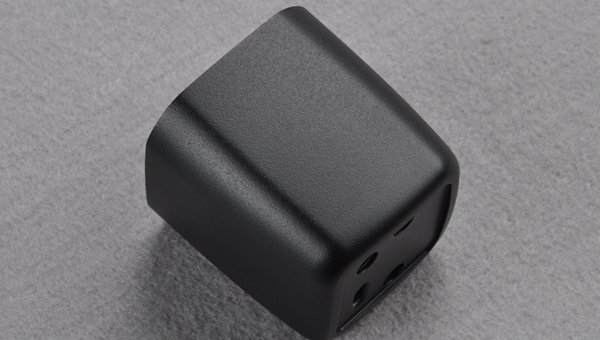
- Dimensional Stability: POM exhibits exceptional dimensional stability, ensuring that machined parts maintain their size and shape even in fluctuating environmental conditions.
- Low Friction: The low coefficient of friction of POM makes it ideal for components requiring smooth sliding or rotational movements, such as bushings, bearings, and gears.
- Chemical Resistance: POM is highly resistant to various chemicals, solvents, and fuels, making it suitable for applications where exposure to such substances is common.
- Creep Resistance: POM’s excellent creep resistance allows it to withstand sustained mechanical stress without deforming, ensuring long-term performance.
- Ease of Machining: POM is easily machinable using standard techniques, allowing for the creation of intricate designs and complex geometries with precision.
- Moisture Resistance: With minimal water absorption, POM is not susceptible to moisture-related issues like swelling or warping, enhancing its durability.
- Efficient Production: CNC machining of POM enables efficient and accurate production processes, making it a cost-effective option for manufacturing custom parts.
- Versatility: POM’s versatility allows it to be used in a wide range of applications across industries, from automotive to electronics to consumer goods.
By leveraging these benefits, POM CNC machining offers a reliable and efficient solution for producing high-quality custom parts tailored to specific requirements in diverse sectors.
Key Challenges For Machining POM Plastic
In CNC machining, common issues such as cracking and deformation can arise, with two prevalent forms of cracking: one occurring directly during machining and the other developing covertly due to internal tension.
To mitigate these challenges, using high-quality materials specifically designed for POM machining can significantly reduce the likelihood of such issues. It is often recommended to utilize modified POM materials for machining and conduct trial manufacturing processes before proceeding with the actual machining. This preliminary step helps assess the material’s purity and quality, ensuring a smoother machining process and minimizing the risk of cracking or deformation during production.
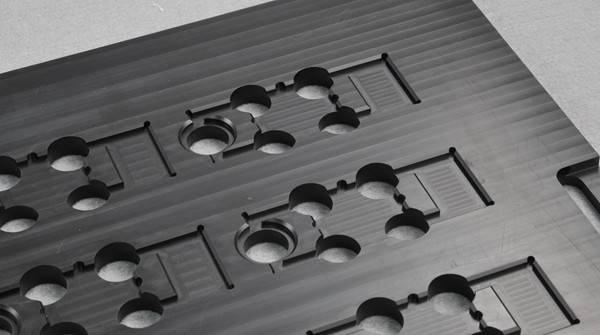
Deformation Causes And Solutions When Machining POM
Deformation is a common challenge faced by CNC machinists when working with POM. Here are the four main causes of deformation and their corresponding solutions:
Heat Build-Up: Excessive heat generated during machining can lead to deformation in POM parts. To address this:
Solution: Use proper cooling techniques such as coolant systems or air blast to dissipate heat and maintain stable machining temperatures.
Improper Fixturing: Inadequate or improper fixturing of the workpiece can result in deformation during machining.
Solution: Ensure the workpiece is securely and correctly fixtured to prevent movement or vibration during machining, reducing the risk of deformation.
Tool Selection: Incorrect tool selection or improper tooling can cause excessive stress on the material, leading to deformation.
Solution: Choose appropriate cutting tools designed for machining plastics like POM, ensuring they are sharp and suitable for the specific machining operation.
Material Quality: Poor-quality or contaminated POM material can contribute to deformation issues during machining.
Solution: Use high-quality and pure POM materials for machining to minimize the risk of deformation. Conduct material purity checks and trials before commencing the machining process.
By addressing these common causes of deformation and implementing the suggested solutions, CNC machinists can reduce the likelihood of deformation issues when working with POM, ensuring the production of high-quality parts with minimal deformations.
Applications Of POM Parts
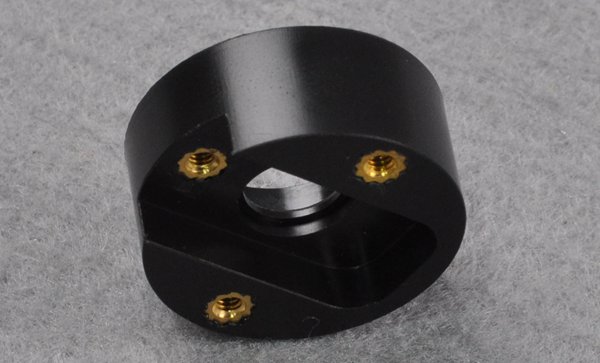
POM (Polyoxymethylene) parts are widely used across various industries due to their durability, excellent mechanical properties, chemical resistance, and dimensional stability. Here are some common applications of POM parts:
Automotive Industry:
- Gears and Bearings: POM’s low friction and wear resistance make it ideal for use in automotive gears, bearings, and other mechanical components.
- Fuel System Components: POM’s chemical resistance makes it suitable for fuel system components like fuel pump parts and fuel tank components.
- Interior Components: POM is used in interior components such as door handles, seat belt parts, and dashboard components.
Electronics Industry:
- Insulating Components: POM’s electrical insulating properties make it suitable for use in electrical and electronic components.
- Connectors and Switches: POM is used in connectors, switches, and other components where dimensional stability and durability are essential.
Consumer Goods Industry:
- Zipper Components: POM is commonly used in zipper components due to its low friction and wear resistance.
- Handles and Knobs: POM’s durability and aesthetic appeal make it suitable for use in handles, knobs, and other consumer goods components.
Medical Industry:
- Surgical Instruments: POM is used in the manufacturing of surgical instruments and medical devices due to its biocompatibility and resistance to sterilization processes.
- Drug Delivery Systems: POM is used in drug delivery systems and medical equipment components.
Industrial Machinery:
- Conveyor Systems: POM’s low friction properties make it suitable for use in conveyor systems and other industrial machinery components.
- Pump Components: POM is used in pump components due to its chemical resistance and dimensional stability.
Aerospace Industry:
- Interior Components: POM is used in interior components of aircraft for its lightweight properties and resistance to harsh environmental conditions.
Food Industry:
- Food Processing Equipment: POM is used in food processing equipment components due to its resistance to chemicals and moisture.
These are just a few examples of the diverse applications of POM parts across different industries, highlighting the material’s versatility and wide-ranging benefits.
AS Prototypes’ POM Plastic Machining Services
AS Prototypes offers precision CNC machining services for POM, utilizing state-of-the-art CNC machines and a team of experienced professionals dedicated to producing high-quality components with precise tolerances. Whether you require prototyping or part production, we can cater to diverse industry needs, including automotive, electronics, medical, and more. Our focus on quality control and efficient lead times ensures that your products can swiftly enter the market. Contact us today for a complimentary quote and kickstart your new project!
FAQs
What is the difference between POM and POM C?
POM-C, also referred to as acetal copolymer, is produced through a process called copolymerization. By introducing a comonomer during the polymerization process, this material exhibits enhanced impact resistance, toughness, and greater chemical resistance in comparison to POM.
What is the temperature range of POM?
Acetal, also known as POM (Polyoxymethylene), is a semi-crystalline thermoplastic used in engineering applications. It can withstand temperatures up to 180°F (82°C). Acetal is prized for its superb dimensional stability, high strength, stiffness, and ease of machinability.
How durable is POM?
POM is an exceptionally durable material renowned for its remarkable impact resistance. Its fatigue resistance is so impressive that it can be likened to metal. In situations where a lighter alternative is required, POM is utilized in applications where metal would typically be employed.

